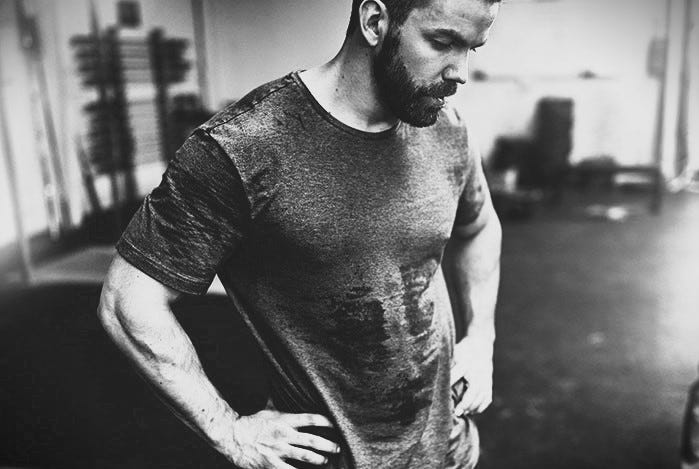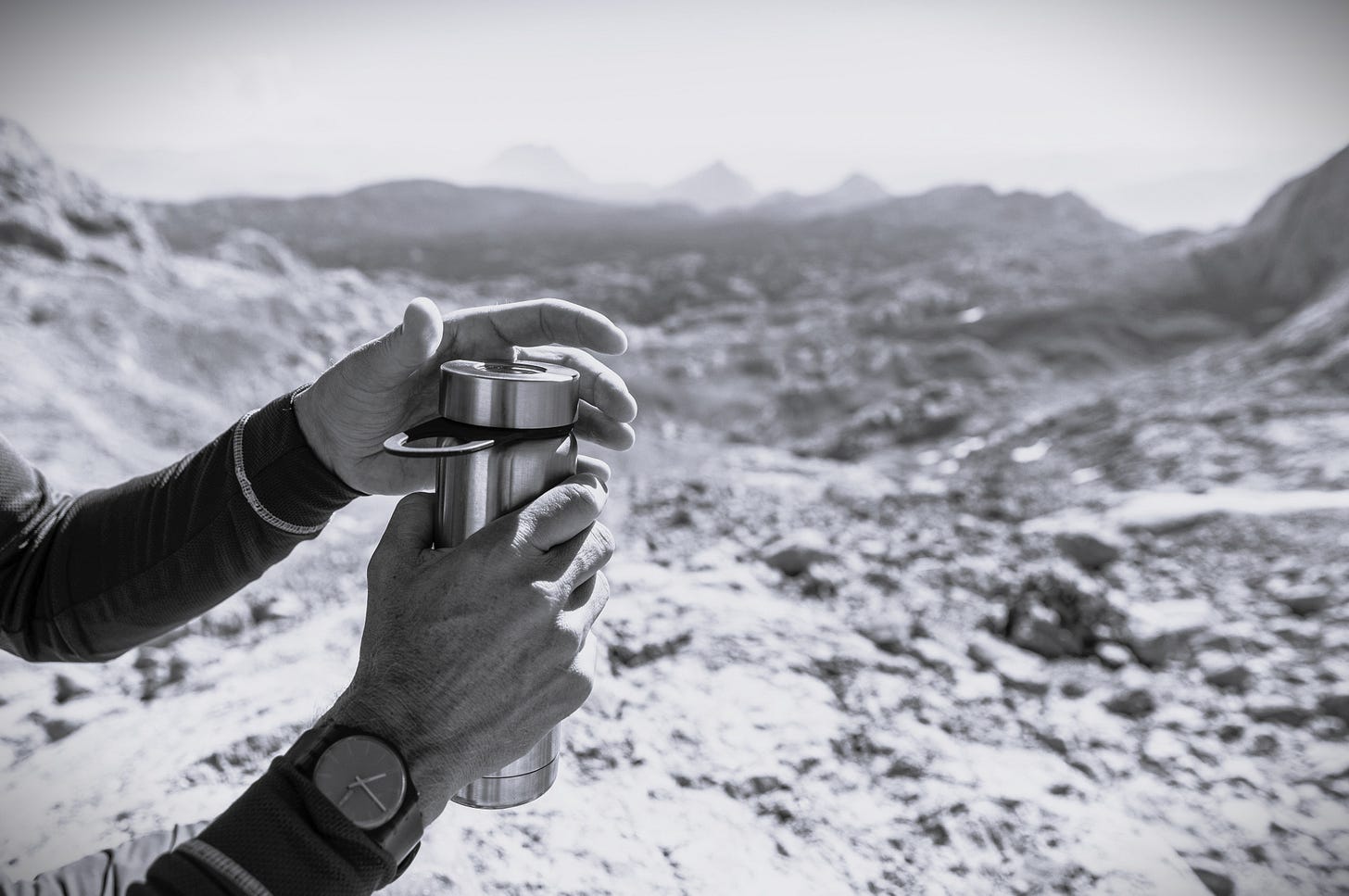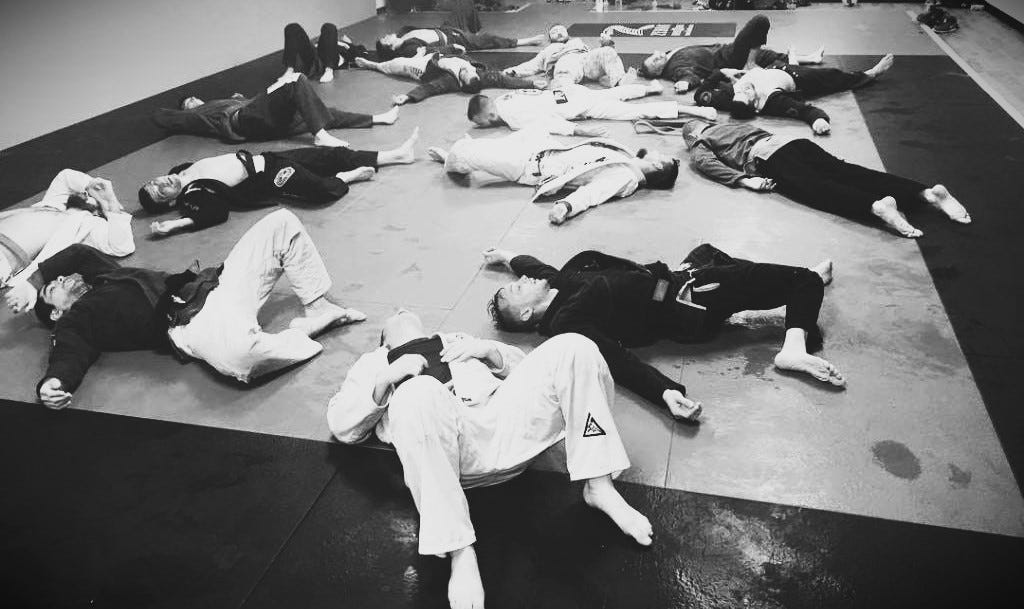Proven Hydration Optimization Method to Increase Athletic Performance by 10%
How to Develop a Personalized Daily Hydration Plan
🔑Key Points:
2% dehydration = 10% decrease in athletic performance.
Even mild dehydration (around 4 cups or less per day) is associated with reduced cognitive function, increased mental fatigue, sleepiness, worse mood, and poor attention. Yeah, no thanks.
Drinking plain water is not an effective approach to hydration. You are not losing water, you are losing SWEAT.
Stay away from sports drinks.
Thirst not a reliable surrogate for fluid status. Instead, you need to rely on a hydration plan.
Your hydration plan needs to be personalized because of variability based on your genetics, environment, sport of choice, and how well acclimated you are to physical activity. Luckily, this is super easy to do.
TL;DR of how to come up with this plan available in the last paragraph.
📰In This Issue:
In this issue I show you how to come up with your own daily hydration plan to avoid deficits in performance across multiple fronts.
⚠️Why this is Important
Although 2% dehydration leading to a 10% deficit in athletic performance sounds a bit excessive, anyone who has ever had to cut weight for a match and failed to rehydrate properly can tell you that this is absolutely the case (Also, cutting weight is bad for you, avoid it at all costs) . Here is some additional data with corresponding references to blow your mind:
Further fluid losses - in excess of 5% of body weight, can decrease work capacity by about 30% (Armstrong et al. 1985; Craig and Cummings 1966; Maughan 1991; Sawka and Pandolf 1990).
High-intensity ****exercise performance is reduced by as much as 45% by 2.5% dehydration that occurs prior to the start of the activity (Sawka, et al. 1985).
🧠On the neurocognitive front:
In a study on females by (Pross et al. 2013), the most significant effects of fluid deprivation on mood were decreased alertness, increased sleepiness, fatigue, and confusion. Whereas the most consistent effects of mild dehydration were on sleep/wake parameters. Mild dehydration is typically defined as 1.5% of body weight.
A study in men by (Ganio et al. 2011) showed that mild dehydration induced adverse changes in vigilance, working memory, and increased tension/anxiety and fatigue.
Dehydration adversely affects cognitive performance, not only in groups more vulnerable to dehydration - such as children and the elderly, but also in young adults. (Ana Adan 2012)
A study by (Zhang et al. 2019) showed that after a period of dehydration, rehydration alleviated fatigue, and improved total mood disturbances (TMD), short-term memory, attention, and reaction.
Pro-tip: Thirst is a very unreliable mechanism to accurately track hydration status: While the sensation of thirst - a centrally regulated response to body water deficits, is useful in dictating the need for fluid intake during daily life, it exhibits reduced sensitivity in accurately monitoring hydration levels during physical activity (Adams, et al. 2018, and Kenefick 2018).
In conclusion, unless you want to be operating at a deficit on all these fronts, you should come up with your own daily hydration plan - which is actually super easy to do. Keep reading.
🚰Factors that Affect Hydration Status
In principle, the amount of fluids you will need per day depends on 3 things:
☀️Your Environment: This includes radiant temperature, humidity, clothing, and air velocity. A few items to keep in mind:
Exercising in the cold can still produce copious sweating, especially when heavy clothing is worn.
Very high altitude exposure (4900–7600m) tends to increase water and electrolyte losses.
You may not sweat as much while swimming compared to other exercises, but you're actually at higher risk of dehydration while in water.
🧬Intrinsic factors: This category includes your genetics and adaptations. Genetics accounts for your factory settings from mom and dad. Your adaptations, on the other hand, are the direct result of your habits and lifestyle choices as of late. These include body composition, heat acclimation status, exercise capacity, nutritional status, and overall health.
💪🏼Type of exercise activity and duration: By far the most important factor that determines the rate of fluid losses are exercise intensity and duration (i.e. powerwalking vs open mat). A runner with a 2 L/h sweat rate who completes a marathon in 2 hours will accumulate the same fluid losses as a runner with a 1 L/h sweat rate that completes the race in 4 hours (Belval et al. 2019).
📋Developing Your Own Individualized Daily Hydration Plan
In principle you only need to account for two things. Easy peasy:
Your daily fluid needs
Your exercise-related needs
By far the most accurate and most commonly published metrics for hydration status are urine and plasma osmolarity measured multiple times through the day while carefully accounting for confounding variables. However, these methodologies are impractical and inaccessible to most people so we are not going to do that. Instead, we are going to rely on body mass changes. This alternative methodology provides a reasonably accurate assessment of body water deficits incurred during they day and during physical activity.
Accounting for Daily Fluid needs:
Depending on the study you look at, the sources of your water intake SHOULD look something like this:
50% - should come from pure water
20% - should come from food
30% - should come from other drinks
If you have a well-balanced diet with plenty of fresh fruits and vegetables (high water content), eggs (75% water) and meats (65% water). You should consume 1/2 your body weight in Oz per day. For example. A person weighing 180lbs should consume 90oz of water per day (This does not account for exercise-related fluid losses, those are calculated separately).
On the other hand, if the your diet includes a lot of baked, dehydrated, and highly processed items, you’ll need to consume 3/4 of your body weight in oz. For example, a 180lb person would have to consume 135Oz of water per day (This does not account for exercise-related fluid losses, those are calculated separately).
Lastly, on average. most people lose about 0.5-2lbs of water weight during an 8-hour night sleep. Figure out how much water you specifically lose overnight and rehydrate accordingly first thing in the morning.
Accounting for Exercise-Related Fluid Needs:
Staying on top your hydration during exercise bouts just requires a little bit of math. This is particularly important if you are training multiple times per day. In short, here is the game you are playing:
Start the training session euhydrated (This means at a normal hydration level)
Prevent dehydration during exercise
Replenish fluids lost during exercise before your next session
Starting your training session euhydrated is easy: Just follow the principles in the previous section “Accounting for Daily Fluid needs**“**
The next step is to figure out how much fluid are you losing during you training routine. To figure this out you are just simply going to weigh yourself before and after training without drinking any fluids during your training. I actually got some date from some of our training partners and here are the results:
Open mat:
160lbs male lost 2.9lbs of water weight during a 1hr session. Intensity level 3 (from 1 to 5)
135lbs female lost 1.5lbs of water weight during a 1hr session. Intensity level 3 (from 1 to 5)
195lbs male lost 2.4lbs of water weight during a 1hr session. Intensity level 3 (from 1 to 5)
165lbs male lost 2.8lbs of water weight during a 1hr session. Intensity level 4 (from 1 to 5)
155lbs male lost 2.5lbs of water weight during a 1hr session. Intensity level 3.5 (from 1 to 5)
210lbs male lost 6lbs of water weight during a 1hr session. Intensity level 3.5 (from 1 to 5)
During class:
195lbs male lost 1lbs of water weight
185lbs male lost 1.2lbs of water weight
During a Sauna Sesh:
165lb male lost 1lbs during a 20min session
195lbs male lost 1.5lbs during a 15min session
These numbers are not intended for you to plug in your own weight and guesstimate your own fluid losses. Instead, they are intended to highlight how much variability exists across individuals and encourage you to weight yourself before and after your own training sessions to figure out how much fluid you need to replenish.
Once you figure out the amount of fluid you lose during each activity, you have the information yu need to meet the last two requirements:
Prevent dehydration during exercise
Replenish fluids lost during exercise before your next session
To prevent dehydration during the actual exercise bout you can frontload about a quarter of your fluid needs for that specific activity before starting - Do it slowly with enough lead time (~30min) to allow the fluid to be absorbed. And make sure you continue to rehydrate during the session. For example: If you lose 2lbs of water during open mat when you roll 8 times, this means you loose about half a pound of water every two rolls.
Once you are done with you exercise activity, you should go ahead and drink the remaining deficit. here is a full example:
180lbs individual with a healthy balanced diet that is going to open mat and doing sauna right after:
Overnight needs: Drink 16oz (1lbs) of water upon waking up (lets say 1lbs loss overnight)
Daily needs: 1/2 of body weight in Oz: Drink 90oz of water during the day
Open mat needs: 2.5lbs (40oz) of water with electrolytes: Front load 16oz half an hour before open mat, drink 12oz during, and drink 12oz after.
Sauna: Drink 24oz of water with electrolytes during/after
Lastly, don’t forget that while you can drink water to compensate for your daily losses, you should not use plain water during exercise because you are not losing plain water during exercise, you are losing sweat, so you should drink sweat (A.K.A. electrolytes).
☠️A Note on Hyponatremia
About 30% of athletes are over-hydrated. This can be problematic and in extreme cases can lead to hyponatremia. Exercise-Associated Hyponatremia is mostly seen in endurance athletes that overhydrate with water without adequately replenishing their electrolytes (Hyponatremia = low sodium in blood, in this case due to over-dilution via fluid intake). Mild symptoms include lightheadedness, malaise, fatigue, irritability, generalized weakness, headache, nausea, and sluggish urine output. Severe symptoms include vomiting, oliguria or anuria, altered mental status, collapse, seizure, coma, and death.
You can read more about hyponatremia here: Exercise-Associated Hyponatremia
TL;DR - Your Daily Hydration Plan
You need to account for two things: 1) Your daily fluid needs, and 2) Your Exercise-related needs.
Daily fluid needs:
Wake up in the morning and drink the water you lost overnight (weigh yourself at night and in the morning). If you are half a pound lighter in the morning you need to chug half a pound of water when you wake up- 8oz.
Throughout the day drink half your body weight in oz. So if you weigh 180lbs, you need to drink 90oz of water during the day.
Exercise-related fluid needs:
You are not going to drink pure water, you are going to drink water with electrolytes
Weigh yourself before and after every activity (e.g. soccer game, swimming, sauna) without drinking anything in between, and then use this info to calculate how much water with electrolytes you need to drink to account for fluid losses.
You may also be interested in this Huberman Lab Podcast about Hydration:
Disclaimer: This content is provided for educational purposes only and should not be construed as medical advice. Always consult with your primary care physician (PCP) or a qualified healthcare professional before making any changes to your lifestyle, diet, or exercise routine. The information presented in this article is not intended to diagnose, treat, cure, or prevent any disease. Individual results may vary. The author and publisher of this article are not responsible for any adverse effects or consequences resulting from the use or application of the information provided. Please use your own discretion and judgment when implementing any suggestions or recommendations.










I want a custom measurement. Active in jiujitsu. 220 lb. Training every other day for an hour.
I find that ice baths may be a superior alternative to sauna for my training and recovery because I don’t sweat everything out.